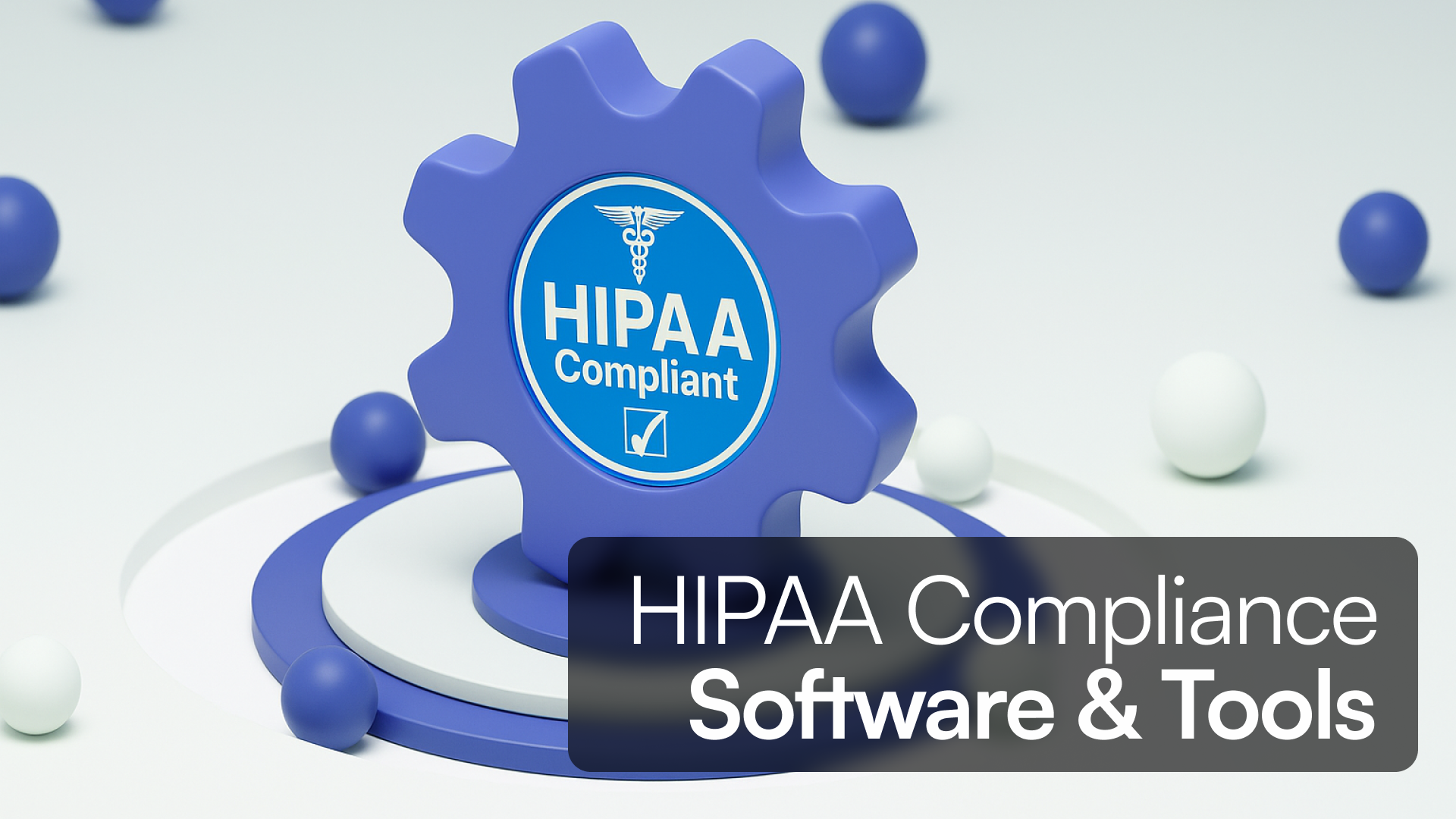What is Healthcare Inventory Management?
Healthcare inventory management is the end-to-end process of tracking, ordering, storing, and distributing medical supplies, pharmaceuticals, and equipment in a healthcare setting. This includes everything from surgical gloves to infusion pumps, and from hospital beds to life-saving medications.
When done well, it ensures:
-
The right items are in the right place at the right time
-
Zero shortages or stockouts for critical supplies
-
No overstocking that leads to waste or expired items
A hospital's operational success and patient outcomes hinge on the reliability of its inventory system. According to NetSuite, poor inventory control contributes to billions in unnecessary costs annually.
Why It Matters

Patient Safety
Stockouts of critical medications or expired products can delay care or lead to medical errors. Effective barcoding and digital tracking systems can significantly reduce these risks, although specific outcomes vary by facility and implementation.
Cost Control
Healthcare inventory consumes over 30% of hospital budgets. Efficient practices such as "Just-In-Time" (JIT) inventory and data-driven ordering help reduce overstocking and holding costs. While exact savings vary, organizations implementing these strategies often report measurable efficiency gains.
Operational Efficiency
Automating manual tracking processes and integrating inventory with EHRs and ERPs reduces staff workload and improves accuracy.
Compliance
Tight inventory control is essential for meeting standards set by the FDA, DEA, and Joint Commission. Proper labeling, tracking, and secure storage help healthcare organizations remain compliant and audit-ready. For facilities handling patient information and medication data, HIPAA compliance is a legal necessity. Tadabase offers HIPAA-compliant database solutions for full data security.
Core Inventory Methods

ABC Analysis
This method prioritizes items by cost and usage:
-
A-items: High-cost, high-use (e.g., implants)
-
B-items: Mid-tier items (e.g., IV tubing)
-
C-items: Low-cost, high-volume (e.g., gloves)
Example: A hospital may stock fewer A-items but ensure they’re carefully monitored and ordered frequently, while C-items are stocked in bulk and checked less often.
Helps optimize procurement focus.
FIFO and FEFO
-
FIFO (First In, First Out): Ensures older stock is used first.
-
FEFO (First Expired, First Out): Especially important for medications.
Example: A pharmacy uses FEFO to dispense medications based on their expiration date, preventing costly waste and reducing risk to patients.
Par-Level Systems
Set minimum stock thresholds. Once levels fall below the "par," the system triggers an order.
Example: If a clinic sets the par level for saline bags at 20 units, the system will auto-reorder when stock drops to 19 or fewer.
Just-In-Time (JIT)
Lean strategy that minimizes stock levels and reduces holding costs. As explained in NIH, JIT reduces waste but requires strong supplier collaboration.
Example: A surgical center uses JIT for orthopedic implants, receiving shipments daily based on scheduled procedures rather than maintaining expensive inventory on site.
Comprehensive Best Practices for Healthcare Inventory Management
-
Centralize Data Systems
Use a unified platform that connects departments and updates inventory status in real time. -
Standardize Item Naming and Labeling
Avoid duplicate SKUs or confusing item names that delay reorders or create waste. -
Train Staff at All Levels
Everyone should know how to scan, receive, and report inventory issues consistently. -
Use Cycle Counting Instead of Annual Counts
Spot errors early and improve accuracy continuously. -
Establish Minimum and Maximum Stock Levels
Set par levels to prevent both shortages and hoarding. -
Apply Demand Forecasting
Use AI to predict usage based on historical data, seasonality, and care patterns. -
Implement Barcode or RFID Tracking
These eliminate manual entry errors and speed up auditing. -
Track Vendor Performance Metrics
Assess delivery reliability, cost fluctuations, and error rates. -
Use Expiration Tracking Alerts
Automate notifications before critical items expire. -
Run Monthly Inventory Audits
Make audits routine, not reactive. -
Designate an Inventory Champion
Appoint someone to own inventory KPIs and lead training/rollout. -
Digitize Procurement Approvals
Route orders via software to streamline approvals and maintain documentation. -
Automate Reorder Triggers
Let systems flag restock thresholds before issues arise. -
Integrate Inventory Data with Patient Demand
Forecast based on procedures scheduled, not just past averages. -
Document and Refine SOPs
Keep processes consistent across teams and units.
You Can Think of it Like This:
Healthcare Inventory as a Restaurant Kitchen
Think of a hospital like a high-end restaurant kitchen. The chef (clinician) can't prepare a dish (treatment) unless the ingredients (supplies) are fresh, labeled, and in the right place. Imagine trying to run dinner service when you find out you’re out of salt (gauze) or all your meat (medication) has expired.
Great kitchens rely on mise en place — everything in its place. So should hospitals. Inventory missteps don't just slow operations; they put lives at risk.
Tools and Technologies
If you manage multiple facilities or stock locations, multichannel coordination is crucial. Learn more in our guide to multichannel inventory management.
For a real-world look at how Tadabase simplifies the entire process, read our post on simplifying inventory management.
Inventory Management Software
Modern platforms integrate with ERPs, EHRs, and procurement systems to give full visibility and analytics. For example, Tadabase lets you build custom dashboards and automate reordering based on real-time usage.
Barcode and RFID
Barcode and RFID technologies streamline data entry and help healthcare facilities improve tracking accuracy by minimizing human error. They support inventory integrity and reduce administrative burden, particularly in high-volume settings. Crucial for patient safety and efficiency.
Automated Dispensing Cabinets (ADCs)
Secure access to meds with traceability. Wikipedia documents a sharp drop in errors and increased accountability from ADC use.
AI and Analytics
Machine learning predicts demand spikes, flags anomalies, and automates purchase decisions. FlowForma shows how automation can streamline workflows across supply chains.
Case Studies and Success Stories
 Mayo Clinic
Mayo Clinic
Uses AI-driven warehousing and robotics to auto-replenish stock and improve efficiency (Business Insider).
 Rush University Medical Center
Rush University Medical Center
Adopted weighted bins to monitor inventory levels in real-time. Reduced backorders and eliminated 80% of stockouts.
 Cleveland Clinic
Cleveland Clinic
Uses AI-powered dashboards to visualize supply trends and guide procurement decisions.
How to Choose the Right System
Use this checklist:
-
Can it integrate with our EHR/ERP?
-
Does it support barcoding/RFID?
-
Are dashboards customizable?
-
Can it scale across departments/locations?
-
Does it help meet compliance?
-
Does it offer real-time alerts and predictive analytics?
Compare tools by these features—not just price.
Implementation Tips
-
Audit current inventory processes
-
Define KPIs (e.g., stockout rate, audit accuracy)
-
Start with a pilot unit
-
Train staff thoroughly
-
Document SOPs for reordering, scanning, and reporting
-
Review & scale after initial results
Change management is just as critical as tech selection.
Future of Healthcare Inventory
Environmental health and safety (EHS) is an emerging focus in healthcare logistics—ensuring staff safety alongside patient care. Explore how EHS systems align with inventory best practices.
-
IoT: Smart shelves and bins for passive tracking
-
AI/ML: Predictive reordering, anomaly detection
-
Blockchain: Supply chain integrity for medications
-
Autonomous Robotics: Inventory restocking with minimal human input
Before you choose a solution, explore how Tadabase supports healthcare database needs with full customization and security.
Conclusion
Healthcare inventory management is no longer a back-office function—it's mission-critical. When done well, it saves costs, improves outcomes, and supports safe, compliant patient care.
Ready to take control of your healthcare inventory? Explore Tadabase’s flexible no-code platform to centralize and automate your entire inventory operation.
Looking to track therapies or medical supplies for specialized care models like behavioral or developmental therapy? Check out our ABA therapy inventory template.
FAQ
What is the difference between FIFO and FEFO?
FIFO (First-In, First-Out) ensures older inventory is used first—ideal for non-perishable items like gloves or gauze. FEFO (First-Expired, First-Out) focuses on expiration dates and is essential for medications and other dated supplies.
Can small clinics benefit from inventory management software?
Absolutely. Even small practices benefit from automated tracking, alerts, and cost control. With platforms like Tadabase, clinics can customize workflows without a full IT team.
What are the most valuable KPIs for tracking inventory health?
Track stockout rate, order accuracy, inventory turnover, waste due to expiration, and days of inventory on hand. These metrics directly affect operational and financial performance.
How long does implementation take and what’s involved?
Most systems can go live in 4–8 weeks with a phased approach: assess needs, pilot a department, train staff, then scale. Choosing a no-code system accelerates deployment.
What types of inventory should a healthcare organization track?
Track everything used in clinical care: meds, consumables, devices, linens, PPE, and durable medical equipment. Centralizing visibility prevents shortages and reduces overordering.
How does good inventory management protect patients?
It ensures timely access to care-critical items, prevents expired product use, and gives staff more time for patient care instead of supply hunting.
How does inventory software integrate with EHRs or ERPs?
Leading platforms connect inventory data with patient schedules and billing systems to predict demand and match usage to procedures or rooms.
What’s the difference between perpetual and periodic systems?
Perpetual systems update inventory in real time as items are scanned or used. Periodic systems rely on manual cycle counts. Most hospitals prefer perpetual for accuracy and automation.
What should a good inventory audit process include?
Compare digital counts to physical stock, verify expiry dates, check storage conditions, and investigate mismatches. Use audits to recalibrate par levels and reorder rules.
What metrics signal inventory efficiency?
Low stockout rates, high inventory turnover, minimal expirations, fast order lead times, and consistent audit match rates all indicate strong inventory health.
How do barcode and RFID systems help healthcare providers?
They track every item’s movement from receipt to use. This ensures traceability, simplifies audits, supports recalls, and eliminates manual logging errors.







